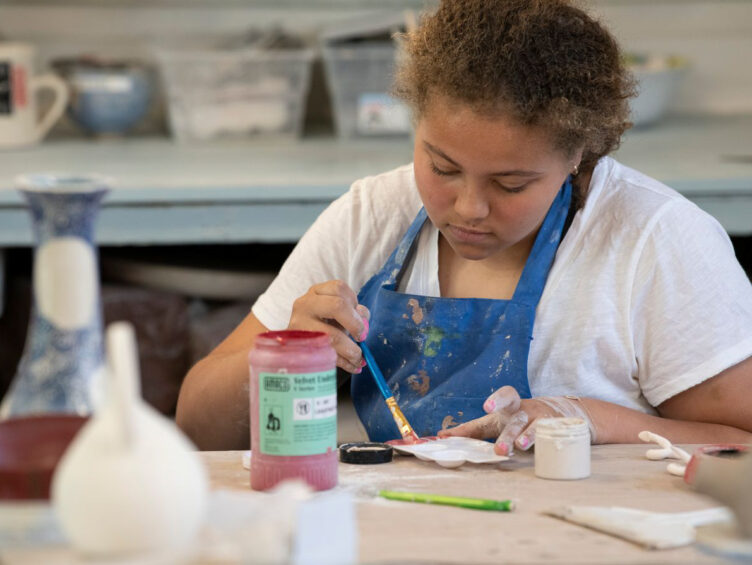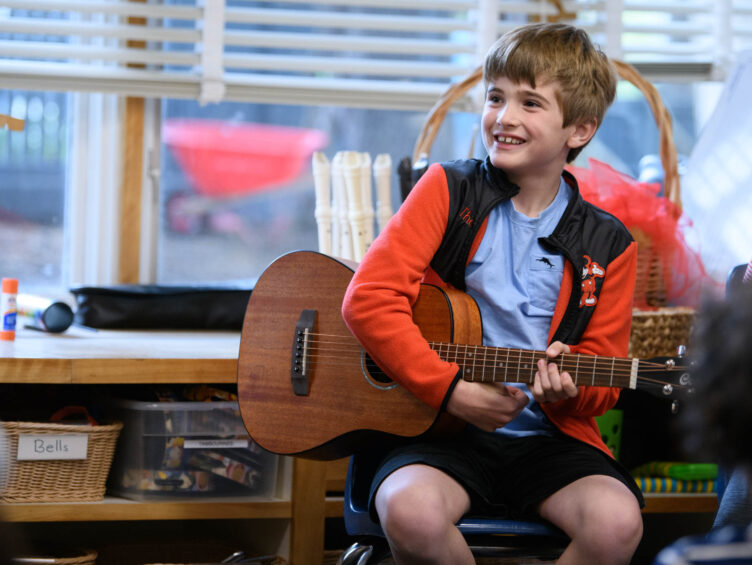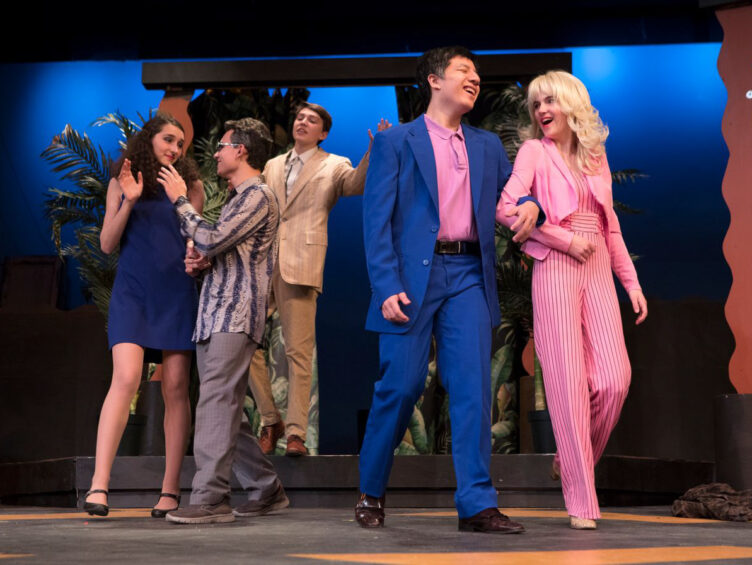Reimagine Your Creative Potential
Through the arts, students develop their imagination, realize their creative potential, and hone their analytical and problem-solving abilities. We offer Visual Arts, Music, and Performing Arts programs that challenge students to ask deep questions such as: Who am I? Who are you? What stories do we have to tell? Students expand their skills and worldview through creative media such as drama, pottery, and jazz band.
Unlocking artistic development
In the Lower School, students build foundational skills for self-expression, creative exploration, and arts appreciation. Within our Middle School, students expand their opportunities with a broader range of intensive courses. As they journey into the Upper School, students can specialize in one or more specific areas at greater depth.
There is power in observation. BB&N’s Visual Arts program enables students to bring thoughts and ideas to life through painting, photography, woodworking, architecture, and more. As students move through divisions, their opportunities for self-expression, creativity, and innovative thinking deepen and expand.

Students at BB&N are encouraged to find the musician within themselves. Starting in the Lower School, students learn the basics of beat, rhythm, and tone and transition to vocal and instrumental music. As students advance, they can join vocal choirs and instrumental ensembles.

Across all three campuses, BB&N’s theater and dance programs allows students to bring stories to life and make connections with the audience and themselves. Students build emotional awareness and narrative ability through musical theater, improv, and dance. The skills students develop give them the confidence to express their voices and trust their creative instincts.
